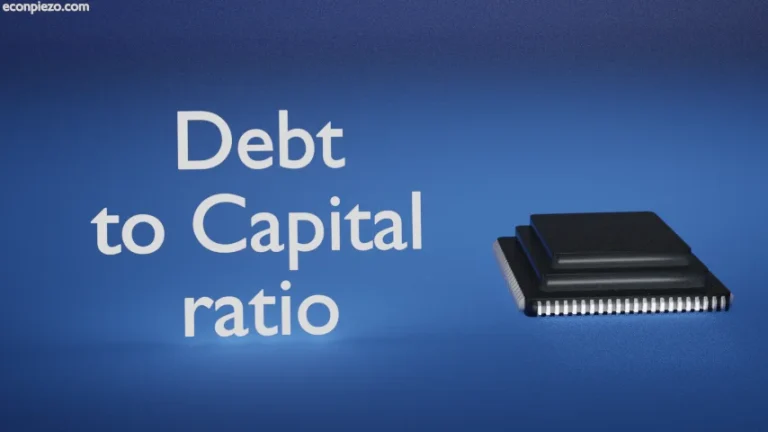As per data available on the website of the Centers for Medicare & Medicaid Services for 2021, healthcare spending has been on the rise in the US. Though it grew less (at 2.7% in 2021) when compared with the pandemic year 2020. But, it still rose to $4.3 trillion. Healthcare expenditure as a percentage of GDP came to about 18.3 percent in 2021.
There are numerous tax-favored health plans, which can be utilized to offset the costs we incur on healthcare. One such plan is the Flexible Spending Accounts or Arrangement.
Flexible Spending Accounts or FSAs are generally funded through a voluntary agreement between the employee and employer. If an employee requires, he/she can request the employer to make a contribution to FSAs by deducting the amount from the employee’s salary. Those who are self-employed are not eligible as FSAs are benefit plans that are established through employers.
Employment or Federal Income taxes aren’t deducted from the contribution we make to the account. Apart from that, we also aren’t required to report the same in our income tax return.
So, overall, we can use the sum in the FSA to pay for our out-of-pocket healthcare expenditures and are not required to pay taxes on the sum. Though it is not mandatory employers can also contribute to your FSA if they want to.
For the calendar year, 2023, the contribution limit to FSA has been increased to $3,050 by the IRS. However, the FSA balance from the previous calendar year should either be used inside the grace period of 2.5 months or there is a carry-over provision of $610. If opted for carry-over provision, any unused amounts from the previous year in excess of $610 will be forfeited. In the case of a grace period, the sum should be utilized before the grace period ends. A plan would have either of the two options (i.e. grade period or carry-over provision) available.
Furthermore, for qualified expenses under the plan: Go through Publication 502, Medical and Dental Expenses. Apart from that, over-the-counter medicine (whether or not prescribed) and menstrual care products-related expenses are covered after December 31, 2019.
Ideally, plan how much you contribute to the FSA at the beginning of the calendar year itself. And, then inform your employer accordingly. That would allow your employer to make a contribution to your FSA.
Important: This material is provided only for information purposes only. EconPiezo does not provide accounting, legal or tax advice. You should contact your accounting, legal, or tax advisors for more information. The information provided in the article shouldn’t be relied on for making a transaction.






